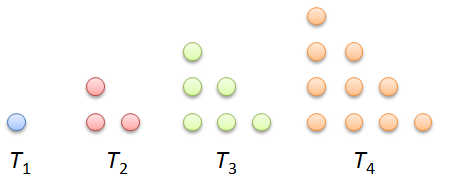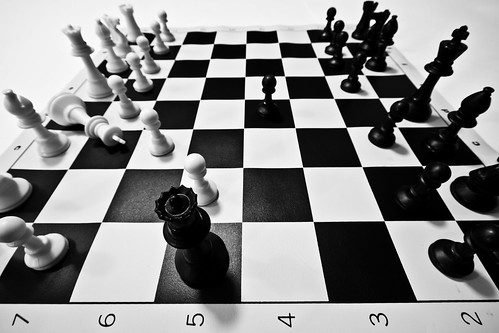Triangular Numbers and the Sum of the First n Positive Integers

The numbers 1, 3, 6, 10, 15, … are called triangular numbers because they could be arranged in the form of triangles. Triangular numbers is one of the polygonal numbers — numbers that can represented by dots to form regular polygons.
Finding the nth triangular number is quite easy. All we have to do is form a rectangle using the “dot representation” of two triangular numbers. For example, we want to find the fourth triangular number, we create dots representing two triangular numbers, and then use them to form a rectangle. The area of the formed rectangle is . » Read more

